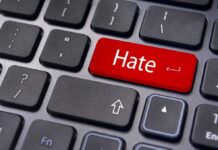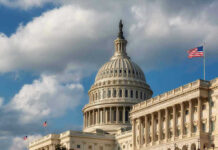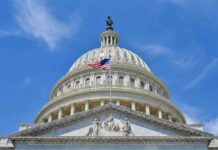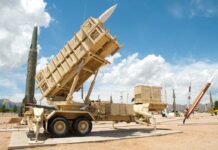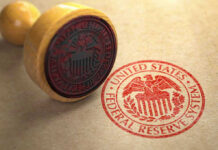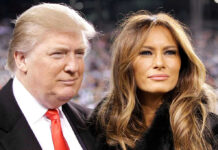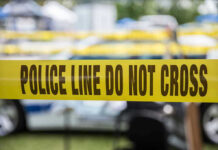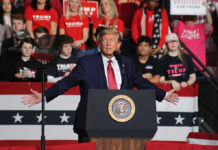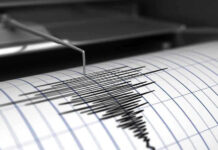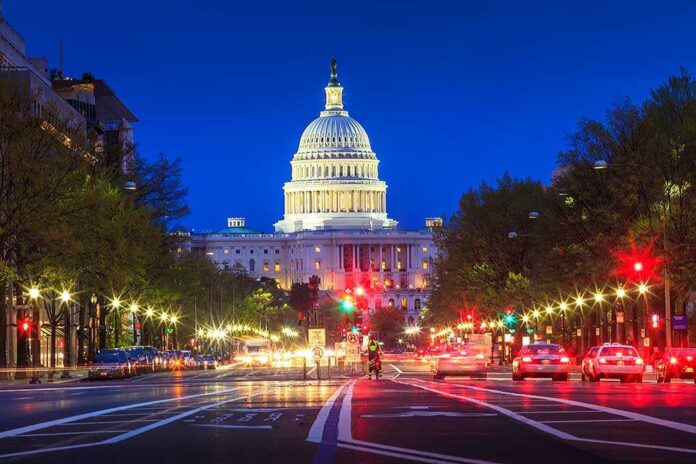
When a tent filled with over 200 homemade explosives appeared on the steps of St. Matthew’s Cathedral just hours before the Supreme Court’s judicial year began, the alarming proximity to our nation’s judicial elite left Washington grappling with new questions about security, motive, and precedent.
Story Snapshot
- A man was arrested with a Molotov cocktail and 200+ explosives outside the Red Mass, a major event for the Supreme Court.
- The suspect, Louis Geri, had a prior ban but returned undeterred, raising concerns about security gaps.
- No Supreme Court justices attended the Mass following the incident, underscoring heightened threat perception.
- The arrest came days after a light sentence for a previous Supreme Court attacker, fueling debate on judicial protection.
Explosives on the Cathedral Steps: A Confrontation With Risk
Washington, D.C. awoke to the news that Louis Geri, a 41-year-old from Vineland, New Jersey, had been apprehended outside St. Matthew’s Cathedral, mere hours before the annual Red Mass. The event marks the opening of the Supreme Court’s judicial year, traditionally drawing top justices, lawmakers, and officials. Geri’s tent, pitched defiantly despite a prior ban, concealed an arsenal: vials of liquid, fireworks, and more than 200 homemade explosives, including Molotov cocktails and bottle rockets. The sheer scale of the haul, unprecedented in such settings, forced police to shut down the area as the Explosive Ordnance Disposal unit and Arson Task Force swept the grounds, neutralizing potential disaster before dawn had broken.
Man Arrested For Explosives At Judiciary Mass Days After Kavanaugh Attacker Got Light Sentencehttps://t.co/5UOAkQphXn
— The Federalist (@FDRLST) October 6, 2025
The Red Mass proceeded after hours of tense uncertainty, but this year, the cathedral’s pews were absent their most notable guests—the Supreme Court justices. Their absence was a silent testimony to the impact of the incident, a disruption that resonated far beyond the church’s stone walls. For regulars and visitors, the morning’s events underscored the vulnerability of even the most protected civic traditions, renewing debate about the adequacy of current security protocols and the evolving nature of threats facing America’s judiciary.
Security, Policy, and Public Debate: Where Do We Go From Here?
The immediate aftermath of the arrest has seen a convergence of local and federal agencies. The Metropolitan Police Department, assisted by the FBI, ATF, and Joint Terrorism Task Force, launched a sweeping investigation, charged with unraveling Geri’s intentions and tracing the origins of his arsenal. The Archdiocese of Washington, stewards of the Red Mass, worked closely with authorities, affirming the event’s continuation but acknowledging the absence of its usual judicial luminaries. No injuries occurred, and the suspect was taken without resistance—a rare outcome in such fraught circumstances.
The incident has catalyzed renewed calls for reassessment of security protocols at religious and judicial events. Short-term repercussions include increased costs and disruption, but the longer arc may see legislative and procedural change. Experts on judicial safety stress the need for proactive threat detection and tighter interagency cooperation, a sentiment echoed in legal circles where concern over lenient sentences for violent threats lingers. The scale of Geri’s explosives, unmatched in similar incidents, will likely serve as a case study in future risk assessments.
The Symbolism and Stakes: A Society Reckons With Its Vulnerability
Events like the Red Mass carry weight not just for attendees, but for the broader public. They symbolize the rule of law, the continuity of government, and the possibility of unity across divides. When threats breach their sanctuaries, anxieties ripple outward—touching congregations, officials, and citizens alike. The Washington incident has reignited debate over societal tensions and the politicization of the judiciary, with commentators dissecting both the technical prowess of law enforcement and the deeper currents that drive such attacks. The absence of an official motive leaves open questions that may linger long after the investigation closes.
As our institutions adapt to new realities, the lessons from St. Matthew’s Cathedral extend beyond one morning’s crisis. They speak to the persistent challenge of protecting democracy’s guardians in a world where symbolism and violence increasingly intersect. For readers attuned to the pulse of American life, the episode is both a warning and a call to vigilance—demanding attention not just to the facts, but to the values at stake.


